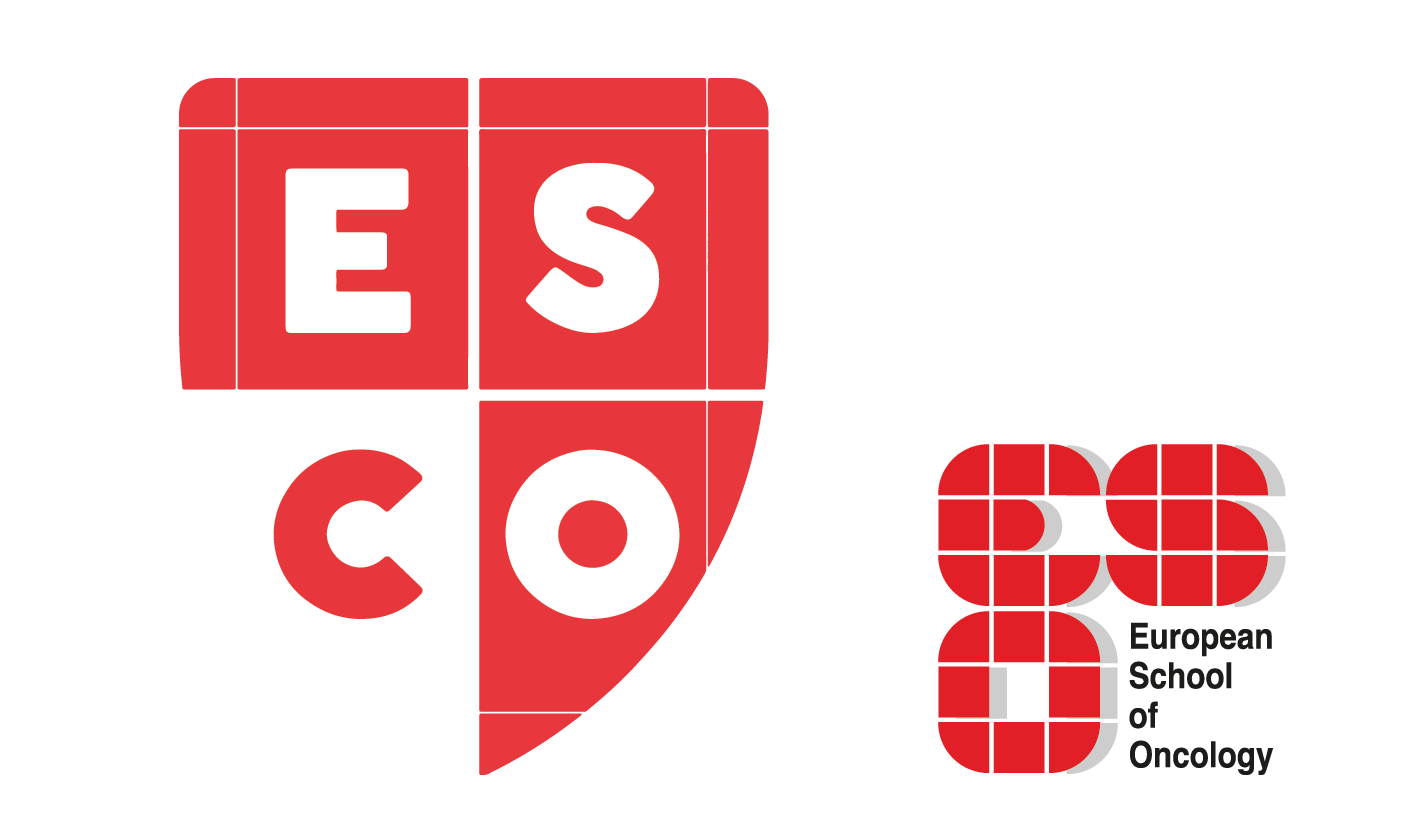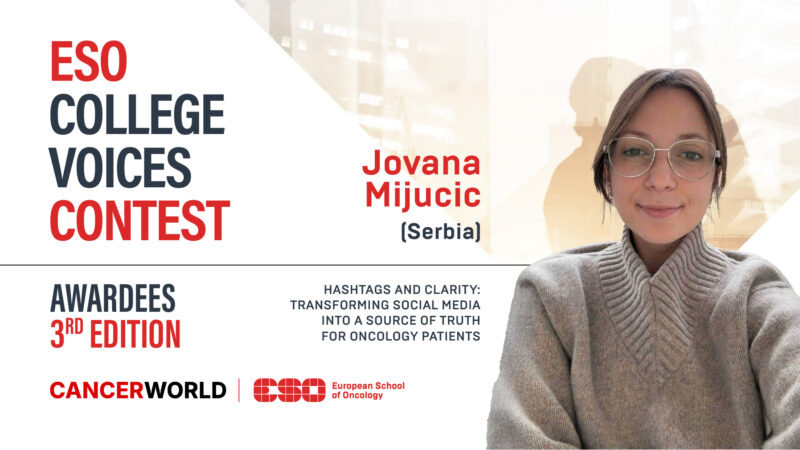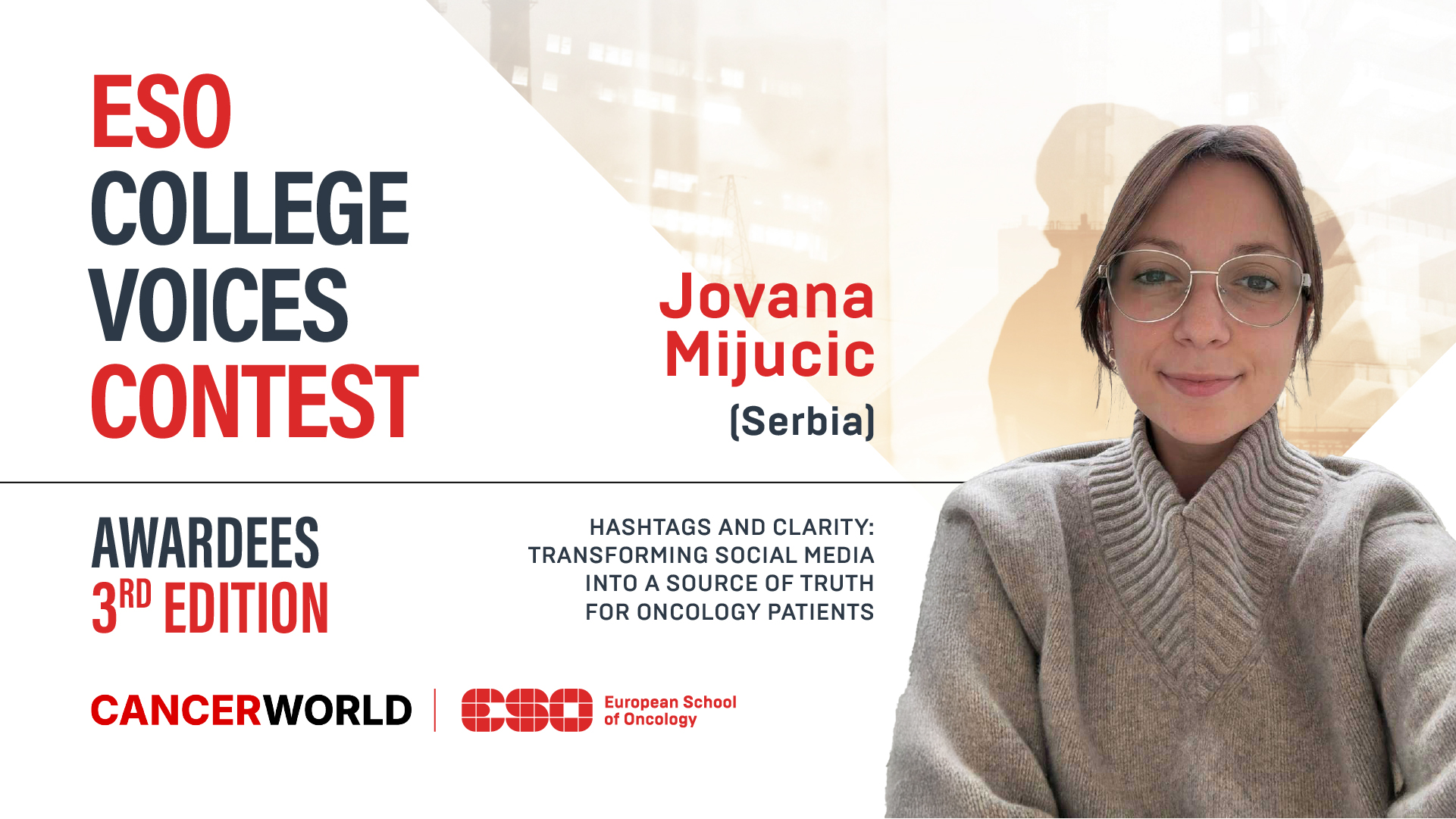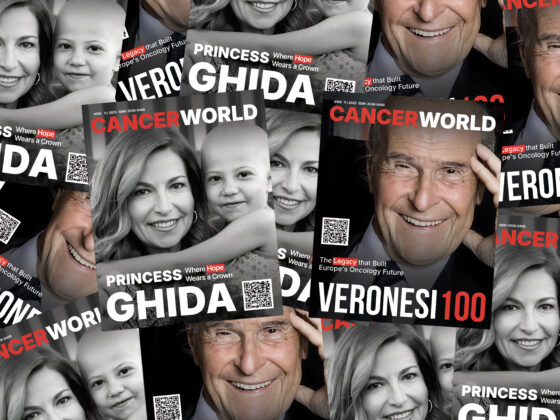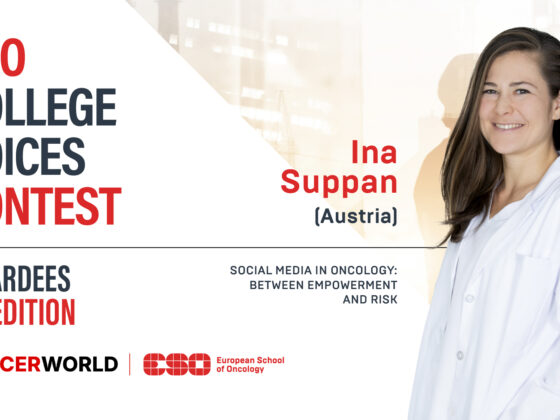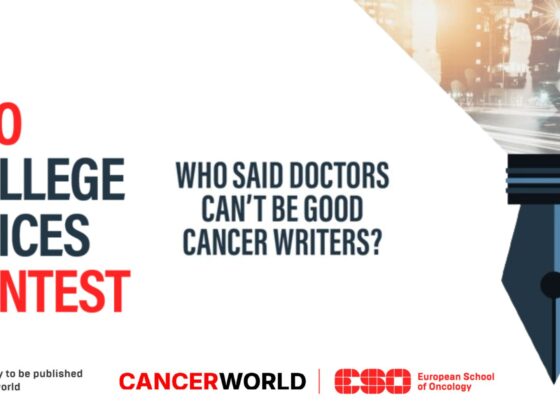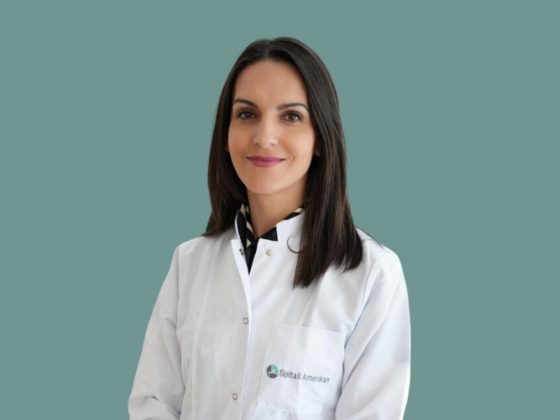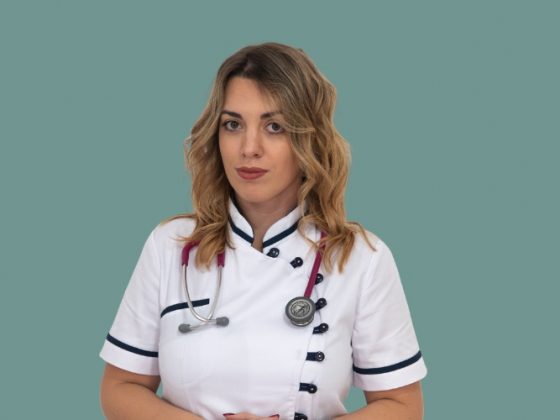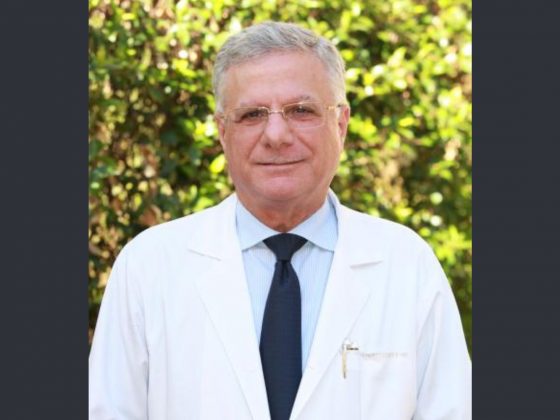In recent years, global health statistics have shown two significant upward trends: on one hand, in 2020, there were 19.3 million newly diagnosed cases of malignant disease worldwide. 1 On the other hand, the ever-expanding use of social media, which, just three years later, reached 4.88 billion active users.2
Data from the Global Cancer Observatory indicate that in 2020, Serbia reported 42.039 newly diagnosed cases of malignant disease, reflecting a modest decline relative to earlier trends, yet still placing the country among those with the highest incidence rates in Europe, 3 a situation further compounded by relatively delayed diagnosis and the insufficient implementation of organised screening programs.
Today, social media is the fastest-growing source of oncology-related information, offering a broad spectrum of content: from essential resources for patients and their families to updates for physicians and researchers, advocacy groups, and even relevant stakeholders in the healthcare industry. However, the increasing integration of social media and artificial intelligence (AI) into daily life has fundamentally reshaped how patients engage with cancer-related information. While these technologies provide unprecedented opportunities for patient education and empowerment, they also amplify the risk of exposure to misinformation, which can significantly influence patients’ attitudes, behaviors, and treatment decisions, sometimes even before the first clinical consultation takes place.
The internet and social media, now enhanced by their powerful new ally AI, have transformed the patient journey and outpaced us, especially in areas where we oncologists hesitate, stepping in to explain what we did not manage and offering extensive access to information about risk factors, treatment options, clinical trials, and survivorship. This modern triad is providing our patients, effortlessly and instantly, with information of often dubious accuracy – data frequently unsupported by evidence and derived from unreliable sources.
Public health studies 2, 4-5 consistently demonstrate that misleading health-related posts often generate more engagement (likes, shares, hashtags), becoming more visible to a wider audience, when compared to accurate, evidence-based information. AI-driven algorithms, designed to amplify profit by maximizing users’ engagement, unintentionally intensify this effect by prioritizing sensational claims over scientifically valid ones. This trend creates an environment where incomplete or incorrect data spreads rapidly, reaching patients who often lack the medical background or critical tools needed to evaluate it properly. Such exposure shapes unrealistic expectations, fosters misplaced trust, and can directly affect clinical outcomes. Moreover, additional misinformation patients encounter frequently arises from misinterpretations of texts that are insufficiently tailored to readers without previous medical knowledge, as they search for answers to questions we may have overlooked during multidisciplinary board meetings.
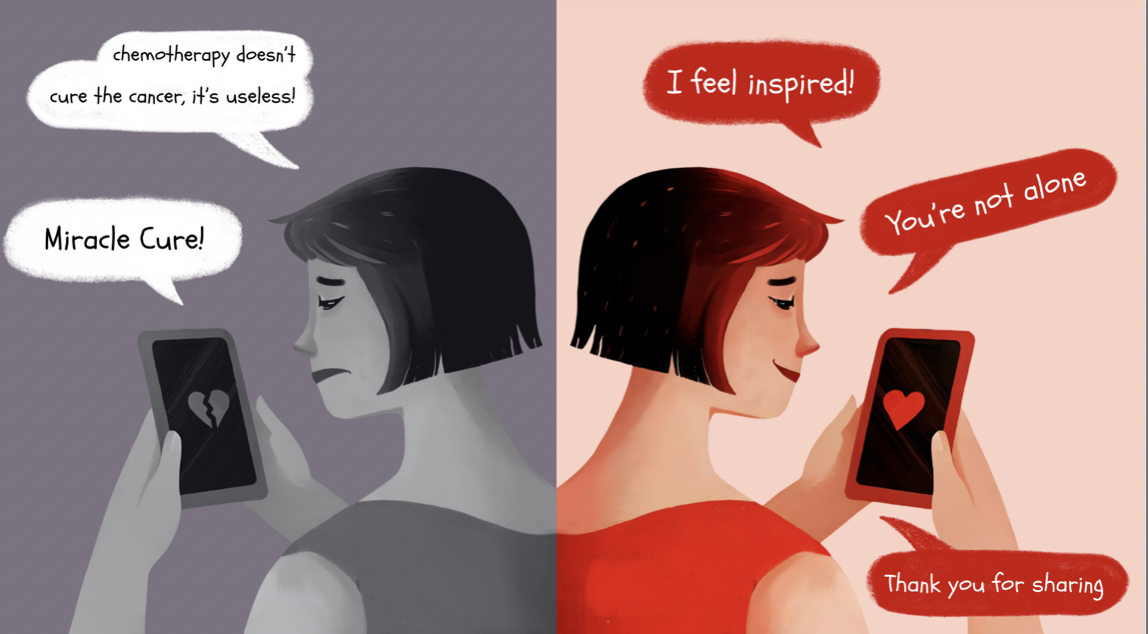
Impact on Everyday Clinical Practice
The anxious fingers of patients newly introduced to cancer quickly search online, only to be overwhelmed by unfamiliar terms: phenotype, biomarker, predictive factors. This is often a first step in the perpetual loop we find ourselves caught in, between the lack of time for each patient, the use of inadequate terminology that we are personally not fully aware of and the unfiltered stream of medical information online, usually written by incompetent individuals lacking the realistic clinical perspectives. Once misinformation takes root, correcting it is difficult, and trust in the oncologist can erode. Faced with oversimplified, unverified and misleading explanations, patients often develop fear not only of their illness, but unfortunately also of the oncologists sitting across them. They come back to us usually seeking an innovative therapy they found online, convinced it is highly specific to their type of malignancy – a therapy that, despite their belief, we cannot offer. As a result, we are faced with a frightened and angry individual, someone whose trust has been shaken and whose expectations have been betrayed. From them pours a stream of fragmented bits of information, lacking the medical context necessary for critical interpretation.
This later continues not only with distrust, but also higher toxicities, poor treatment adherence, delayed symptom reporting, and an overall decline in cancer-related quality of life. Instead of remaining stuck, as a hamster on a wheel, oncology professionals should proactively harness the potential of social media to bridge this growing knowledge gap. We should not (unfortunately sometimes with unavoidable arrogance) criticise the incomplete (mis)information they have encountered, nor repeatedly express surprise at its consequences – rather, we could respond to their natural curiosity by providing accurate and understandable answers via social media.
Building a National, Patient-Centered Online Platform
One promising approach is the development of a national, patient-centered online platform that delivers accessible, evidence-based and regularly updated content and bridges the language barrier. Even though some similar platforms already exist (OncoDaily.com, cancer.gov, and the NIH), our patients would undoubtedly benefit from a platform adapted to their needs.
Although previous attempts to establish online support in our country have not been fully implemented, patient associations (particularly those of women with breast and cervical cancer “Zenski centar Milica” eng. Female center Milica) have succeeded in establishing and continuously improving additional channels of communication and information exchange with their oncologists, resulting in interactive seminars, podcasts, a website and an Instagram profile – which may provide a foundation for further advancement of digital support through interactive platforms designed to address a wider spectrum of malignancies. It must be inclusive, culturally sensitive and adapted to diverse socioeconomic realities and educational backgrounds.
At the same time, it enables us to avoid harmful mistranslations of medical information into the native language through the use of terminology that may not be readily understood by people without prior medical education. Such a platform should address not only treatment protocols but also everyday quality-of-life concerns that patients frequently hesitate to raise during medical consultations: “Will I lose my hair?”, “Can I go on holiday?”, “What should I eat?”. Concise, easy-to-understand answers provided by oncologists, nurses and verified patient advocates are essential, alongside moderated patient-to-patient exchanges to foster safe and protective communication. Importantly, healthcare institutions, academic societies and patient advocacy organizations should collaborate to ensure both the credibility and sustainability of such initiatives.
By meeting patients where they are and providing trustworthy information through the same channels they already use, we create a safer, supportive, and collaborative environment. Social media, when leveraged responsibly, can become a bridge between medical professionals and patients, enabling us to dispel misconceptions that emerge during late-night web scrolling, redirect fears toward reliable resources and empower individuals to actively participate in their care.
In an era where misinformation spreads faster than scientific evidence, ignoring the digital realities of our patients’ lives is no longer an option. By embracing digital platforms and shaping them into credible, patient- centered resources, we can improve health literacy, strengthen the patient-oncologist relationship, and ultimately enhance both treatment adherence and quality of life.
Today, it is no longer enough to treat disease alone; we must also treat information. So our patients can feel seen, so they can feel heard.
Acknowledgment
This article was written by Dr. Jovana Mijucic, one of the two winners of the ESO College Voices Contest 2025, on the topic “Social media: friend or foe for cancer patients?”.
This year’s contest once again proved that doctors can also be excellent cancer writers. We received 27 proposals from ESO College members across 20 countries, each exploring the chosen theme. After careful deliberation, guided by CancerWorld’s editorial standards, as well as criteria of clarity, relevance, originality, potential impact, and our hallmark style of weaving in interviews and firsthand perspectives, Dr. Mijucic was selected as one of the winners, and we are proudly publishing her impactful voice.
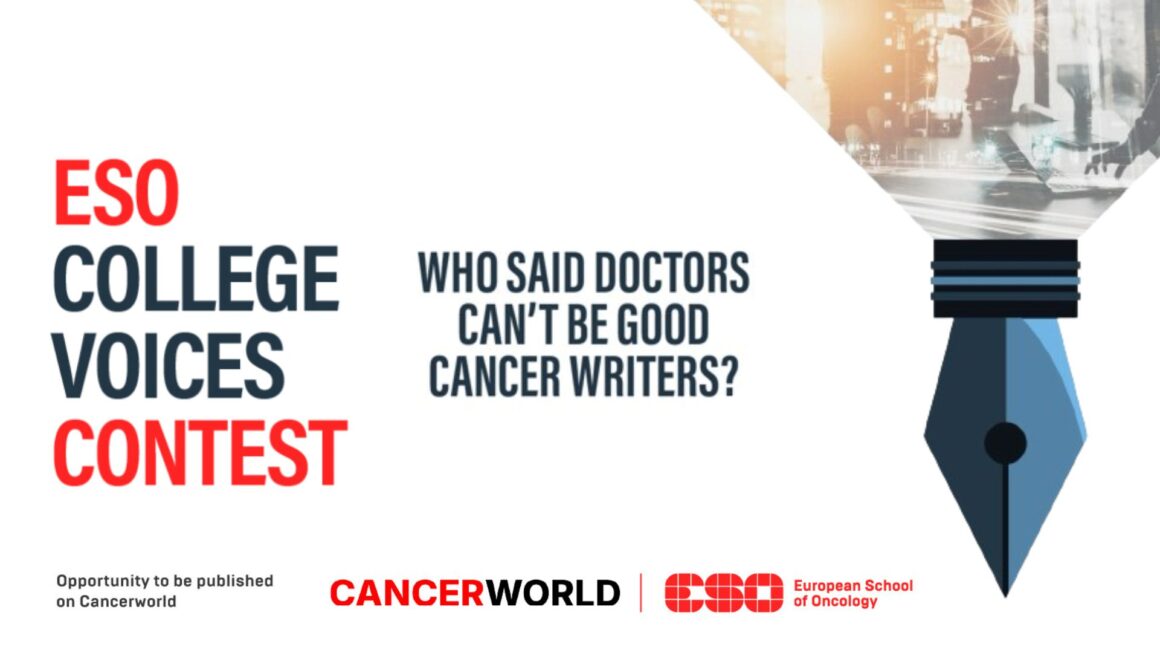
References
- Simmons C, Rajmohan Y, Poonja Z, Adilman R. Social media in cancer care: opportunities to improve care in locally advanced breast cancer. Curr Opin Support Palliat Care. 2014 Mar;8(1):77-82. doi: 10.1097/SPC.0000000000000025. PMID: 24270751.
- Sung H, Ferlay J, Siegel RL, Laversanne M, Soerjomataram I, Jemal A, Bray F. Global Cancer Statistics 2020: GLOBOCAN Estimates of Incidence and Mortality Worldwide for 36 Cancers in 185 Countries. CA Cancer J Clin. 2021 May;71(3):209-249. doi: 10.3322/caac.21660. Epub 2021 Feb 4. PMID: 33538338.
- Loeb S, Langford AT, Bragg MA, Sherman R, Chan JM. Cancer misinformation on social media. CA Cancer J Clin. 2024 Sep-Oct;74(5):453-464. Doi: 10.3322/caac.21857. Epub 2024 Jun 19. PMID: 38896503; PMCID: PMC11648589
- Ferlay J, Ervik M, Lam F, Laversanne M, Colombet M, Mery L, Piñeros M, Znaor A, Soerjomataram I, Bray F (2024). Global Cancer Observatory: Cancer Today. Lyon, France: International Agency for Research on Cancer. Available from: https://gco.iarc.who.int/today, accessed [19 September 2025].
- Wang Y, McKee M, Torbica A, Stuckler D. Systematic Literature Review on the Spread of Health-related Misinformation on Social Media. Soc Sci Med. 2019 Nov;240:112552. doi: 10.1016/j.socscimed.2019.112552. Epub 2019 Sep 18. PMID: 31561111; PMCID: PMC7117034.
- Fillon M. The social media cancer misinformation conundrum. CA Cancer J Clin. 2022 Jan;72(1):3-4. doi: 10.3322/caac.21710. Epub 2021 Dec 7. PMID: 34874556.
- Stiles BM, Mynard JN. Social Media and Your Cancer Patient. Semin Thorac Cardiovasc Surg. 2021 Summer;33(2):517-521. doi: 10.1053/j.semtcvs.2020.12.014. Epub 2021 Jan 9. PMID: 33434639.
- Chen D, Parsa R, Hope A, et al. Physician and Artificial Intelligence Chatbot Responses to Cancer Questions From Social Media. JAMA Oncol. 2024;10(7):956–960. doi:10.1001/jamaoncol.2024.0836
- Atarere JO, Onyeaka HK, Chido-Amajuoyi OG, Adewunmi C, Nwaneki C, Dosunmu GT, Faith CO, Amonoo HL. Social media use and health promotion among cancer survivors. Psychooncology. 2024 Jan;33(1):e6299. doi: 10.1002/pon.6299. PMID: 38282227.
- Siew LED, Teo NR, Ang WHD, Lau Y. Social media-based interventions for patients with cancer: a meta-analysis and meta-regression of randomised controlled trials. J Cancer Surviv. 2023 Dec;17(6):1606-1627. doi: 10.1007/s11764-022-01244-6. Epub 2022 Aug 12. PMID: 35960428; PMCID: PMC9372974.
- Walsh-Buhi ER. Social Media and Cancer Misinformation: Additional Platforms to Explore. Am J Public Health. 2020 Oct;110(S3):S292-S293. Doi: 10.2105/AJPH.2020.305949. PMID: 33001721; PMCID: PMC7532333.
- Falisi AL, Wiseman KP, Gaysynsky A, Scheideler JK, Ramin DA, Chou WS. Social media for breast cancer survivors: a literature review. J Cancer Surviv. 2017 Dec;11(6):808-821. doi: 10.1007/s11764-017-0620-5. Epub 2017 Jun 10. PMID: 28601981.

